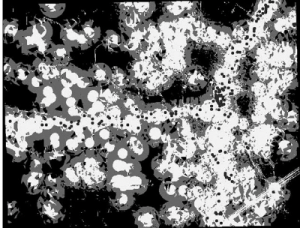Chapter 1&2
Chapter 1 was really kind of an introduction into ArcGIS. Some basic history, what it is used for, and how we can apply it. This is mostly a recap of things I learned in GEOG 291. However, this is help to re-visit. the frame work to Web GIS apps was interesting to read about. I found it interesting about the different way you can set up an app. Chapter two about smart mapping and storytelling was interesting. Introducing map layers was good so that you can see what the building block of web apps are.
An app idea that think would be interesting to explore would be an app that shows interactive maps that show photos of specific places. In particular I think a map that shows images of the different parks around where I live would be interesting. Seeing as there is not a whole lot of advertising for the parks around where i live this would be a way people could look at the parks and see if it was something they would be interested.

